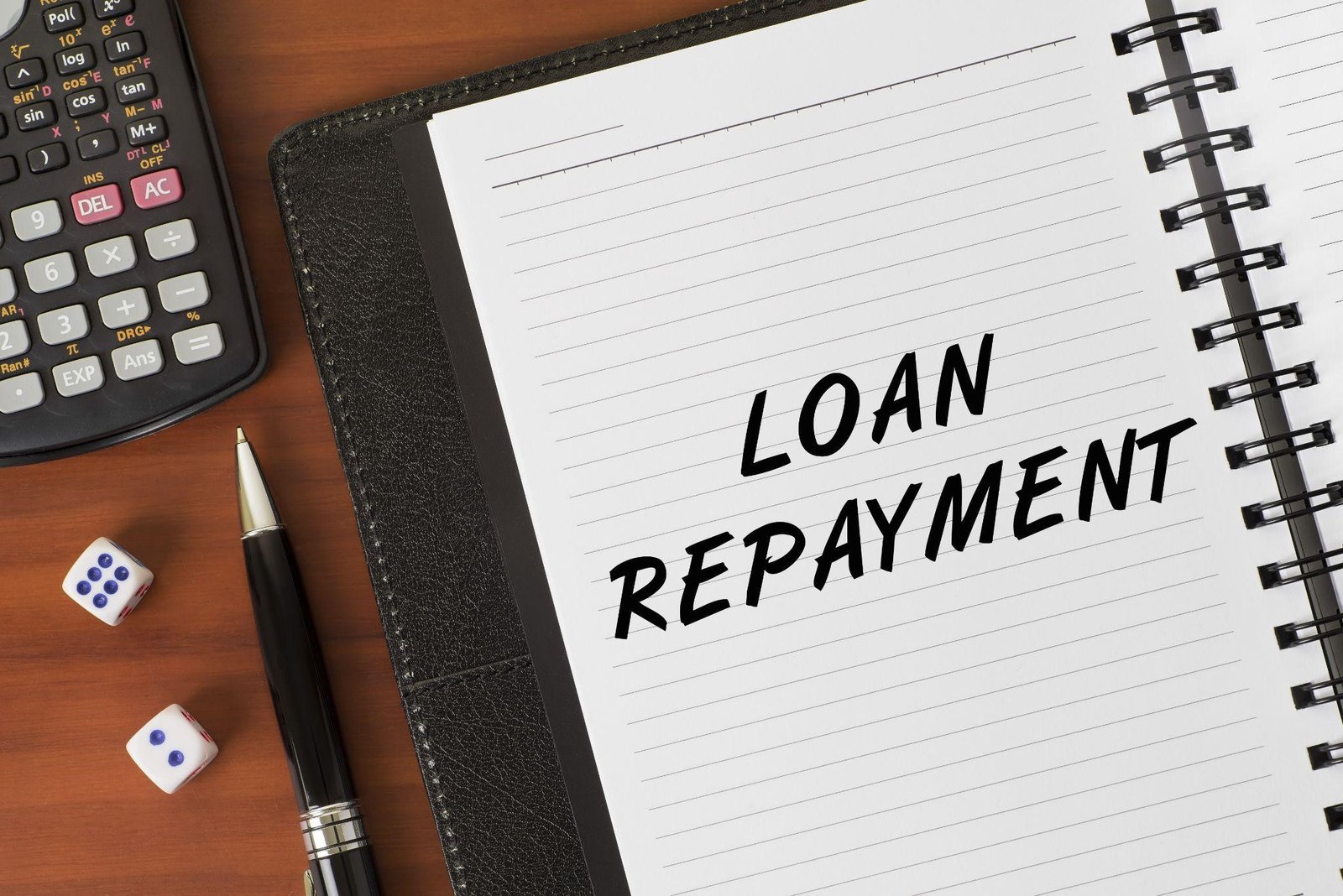The Canada Emergency Business Account (CEBA) has been a crucial lifeline for businesses grappling with the economic fallout of the COVID-19 pandemic. As businesses look to the future, understanding the repayment obligations of the CEBA loan is paramount. In this blog, we’ll explore the timeline for CEBA repayment, the options available in 2023, and considerations for businesses managing their financial commitments.
CEBA Repayment Timeline
The CEBA program was designed to provide immediate financial relief to businesses, offering interest-free loans to help cover essential operating expenses. However, these loans are not without repayment obligations. As of my last knowledge update in November 2023, the initial repayment deadline for the CEBA loan was December 31, 2022.
Importance of Meeting Repayment Deadlines
Meeting the repayment deadline for the CEBA loan is of utmost importance for several reasons:
Loan Forgiveness Eligibility:
The CEBA program includes a loan forgiveness provision, typically allowing businesses to have $20,000 of the loan forgiven if certain conditions are met. One of these conditions is repaying the loan in full by the specified deadline. Missing the deadline may result in the loss of the forgiveness opportunity.
Interest-Free Nature:
CEBA loans are interest-free if repaid within the specified deadline. This feature has been a significant benefit for businesses, providing them with a cost-effective means of accessing essential funds during challenging times.
Financial Stability:
Meeting repayment deadlines contributes to the financial stability of businesses. It allows them to fulfill their financial obligations, maintain positive relationships with financial institutions, and position themselves for ongoing success.
Compliance with Program Terms:
Adhering to the CEBA loan repayment terms is crucial for businesses to remain in compliance with the program. Compliance may be essential for any potential future adjustments, extensions, or considerations related to the program.
Understanding CEBA Repayment Options in 2023
As businesses navigate the repayment of their CEBA loans in 2023, they may encounter various options and considerations. Here are key aspects to understand:
1. Repayment Deadline Extension:
Recognizing the ongoing challenges faced by businesses, the government may consider extending the repayment deadline for CEBA loans. This extension could provide businesses with additional time to meet their repayment obligations and adapt to the evolving economic landscape.
2. Interest Accrual After Deadline:
If businesses miss the initial repayment deadline, they may face the accrual of interest on the outstanding loan amount. Understanding the potential interest charges and their impact on the overall repayment obligation is crucial for businesses assessing their financial commitments.
3. Communication with Financial Institutions:
Businesses are encouraged to maintain open communication with their financial institutions. If challenges arise in meeting the repayment deadline, engaging in proactive communication can lead to discussions about potential solutions, extensions, or alternative arrangements.
4. Loan Refinancing or Restructuring:
Some businesses may explore options for refinancing or restructuring their CEBA loans. This could involve negotiating with financial institutions to adjust the terms of the loan, including the repayment period or schedule, to better align with the business’s financial capacity.
5. Government Updates and Announcements:
Staying informed about government updates and announcements is crucial. The government may provide guidance or make announcements related to CEBA, including any changes to repayment terms, extensions, or additional support measures.
Considerations for Businesses
In navigating CEBA repayment options in 2023, businesses should consider the following:
1. Financial Assessment:
Conduct a thorough financial assessment to understand the current financial position of the business. This includes evaluating cash flow, projected revenue, and other factors that impact the ability to meet repayment obligations.
2. Communication with Stakeholders:
Maintain open communication with key stakeholders, including financial institutions, lenders, and advisors. Transparent communication can lead to collaborative solutions and a better understanding of the available options.
3. Explore Financial Planning Strategies:
Work with financial advisors to explore financial planning strategies. This may involve assessing the feasibility of meeting repayment deadlines, considering alternative financing options, and developing a proactive financial management plan.
4. Review Loan Agreement:
Carefully review the terms and conditions of the CEBA loan agreement. Understanding the specifics of the agreement, including any personal guarantees or collateral requirements, is essential for making informed decisions about repayment.
5. Government and Industry Updates:
Stay informed about updates from the government and industry developments. Changes in economic conditions, government policies, or industry trends may impact the overall business environment and influence decisions related to CEBA repayment.
Conclusion
As businesses move forward in 2023, navigating CEBA repayment is a critical aspect of financial management. The options and considerations outlined provide a framework for businesses to assess their current situation, explore potential solutions, and make informed decisions about meeting their CEBA repayment obligations.
Businesses are encouraged to stay proactive, engage with financial professionals, and leverage available resources to navigate the evolving economic landscape. While challenges persist, the resilience and adaptability of businesses, combined with supportive government measures, contribute to a path of recovery and sustainable growth.





